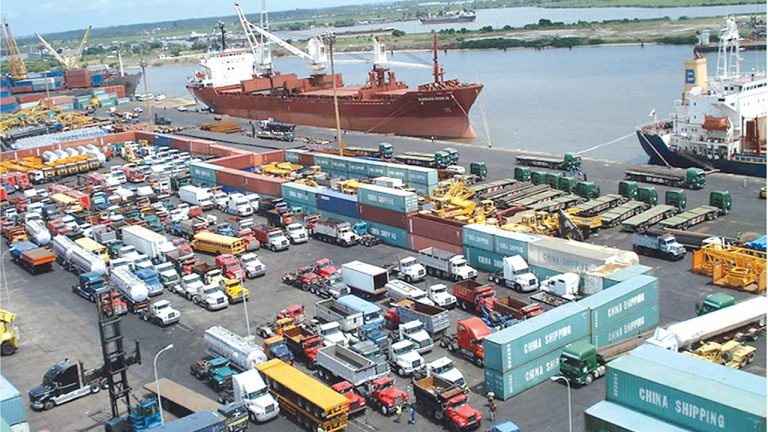
The long wait finally came to an end on Monday, September 23, with the arrival of Marguisa Shipping Line’s container vessel. It has been 13 years of hope and wait since concession for the Calabar Seaport was given. However, the development has opened a door of “other ports” possibility in the region; that’s, if the challenges are met.
A draft of 9.4 meters is required in the calabar seaport, because newly built ships come with higher tonnages that lower meters cannot sustain. For instance, the vessel that docked in Calabar Seaport on Monday has a length of 116.23 meters, gross tonnage of 6569 and net tonnage of 2874. And like the Calabar Seaport, there is a need to dredge the waters to the recommended 9.4 meters.
It took about a decade for the Nigerian Port Authority to do the needful, and it’s a job half done. Other ports in the east, Delta Port, Onne Port and Rivers Port (which all have a draught of 6.4 meters) need 13 to 14 meters’ draft to function, but there is more.
Register for Tekedia Mini-MBA edition 19 (Feb 9 – May 2, 2026): big discounts for early bird.
Tekedia AI in Business Masterclass opens registrations.
Join Tekedia Capital Syndicate and co-invest in great global startups.
Register for Tekedia AI Lab: From Technical Design to Deployment (next edition begins Jan 24 2026).
Experts say the possibility of the functionality of the ports depends on their ability to attract huge vessels like the Very Large Crude Carriers (VLCC), and Ultra Large Crude Carriers (ULCC). And that involves a lot of work that don’t depend on the management of those ports alone, the NPA plays a bigger role. And it may take forever before they take the steps.
Insecurity is a major challenge that neither the ports nor NPA can do anything about. The piracy activities in the creeks have kept sailors at a distance, and those who dared to sail the eastern waters do so with extreme caution.
The eastern ports are functioning on the International Ships Ports Security (ISPS) code 2, which indicates the low security situation in the region. It has been reported that sailors that berth and discharge in those ports find it scary to move in the night.
So they wait for the day at a very high cost of about $7,500 per hour. Even at that, the day isn’t safe for them since pirates can attack the vessels and kidnap members of the crew for ransom. The functionality of the ports depends on the number of vessels berthing at the ports from different countries of the world. Insecurity in the region is a risk many vessel companies don’t want take even when the ports have met the international standard of operation.
The debilitating condition of roads in the region has also stood in the way of haulage. Truck drivers are finding it difficult to cope with bad roads and poor road networks. Heavy artillery vehicles operating from the ports spend weeks on trips they should spend days.
Trucks getting stuck, some falling and there are breakdowns due to bad roads. Although there are few containers to clear now, it will become a problem when there is more.
The southeast and south-south governors, knowing the economic opportunities that lie in the region if the seaports work in their full capacities, should develop a blueprint of a sustainable mechanism that will tackle these challenges.



